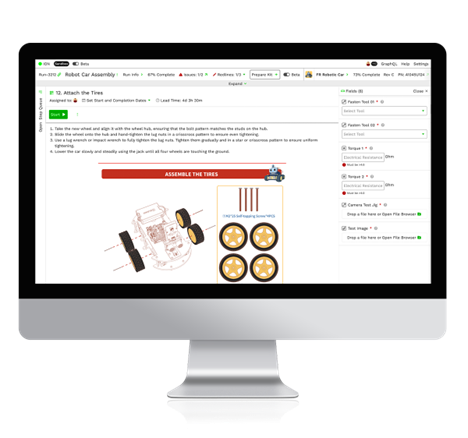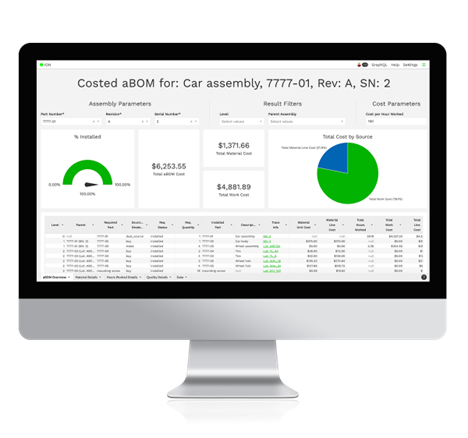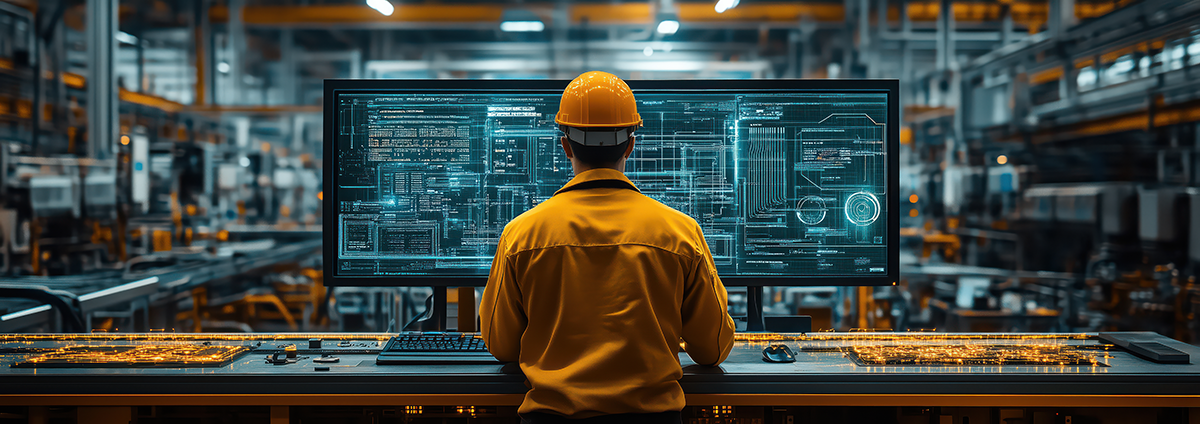
Keeping up with what is happening with tariffs is a daily exercise and not for the faint-hearted. Though it has its ups and downs, there is one thing for sure: International companies having factories in the U.S. have the best chance of escaping tariffs. Though unforeseen capital expenditure may seem like bad news at first, some companies may already be looking on the bright side. A new factory would not only escape tariffs but also offer an opportunity to create a factory from the ground up, have unfettered access to U.S. technology, and the company would end up with a thoroughly modern and efficient factory or assembly plant.
First Resonance, headquartered in Los Angeles, down the coast of Silicon Valley, is a center of technology of a non-silicon kind: aerospace technology. The metropolitan area of Los Angeles is the first headquarters of SpaceX.[i]
One SpaceX engineer learned enough about manufacturing at SpaceX — and perhaps also of its shortcomings — that he sought to apply his software savvy to create what could be called an operating system for manufacturing. That engineer was Karan Talati, CEO and founder, who started First Resonance in 2018 and created ION. More about Talati in a minute.
What Does ION Do?
First Resonance’s ION replaces and connects various manufacturing systems. Squint, you can see the pattern of a rug that ties the whole factory together. Image: First Resonance.
It would be easier to list what ION doesn’t do in a manufacturing setting. First Resonance’s ION replaces ERP and MES systems and connects to the PLM and QMS systems. Should your ERP and MES systems be intractable, ION can work alongside them.

Here is one sequence of manufacturing tasks and how ION could help, according to First Resonance
- Work Order Initiation. Operators scan QR codes to start jobs. Display live digital work instructions with links to test procedures and inspection steps.
- Engineering Change Integration. Sync updated CAD/BOM from PLM systems via API. Automatically generate new versions of build instructions and parts lists.
- Material Kitting for Work Orders. Provide real-time inventory visibility and recommend optimal lot/serial numbers. Enable barcode scanning to verify kit completeness.
- Build Execution. Offer step-by-step guidance with images, videos, and checklists. Capture real-time inputs from operators, such as torque readings and test voltages. Validate entries and flag out-of-spec results.
- In-Process Testing. Integrate automated or manual test data directly into ION. Link results to specific components, subassemblies, and serial numbers. Trigger alerts and optional hold workflows upon failures.
- Issue and Non-Conformance Tracking. Allow operators to flag issues during builds.
- Create Non-Conformance Reports (NCRs), assign severity, and route to QA or engineering. Capture root causes and resolutions within the system.
- Digital Thread Maintenance. Maintain full traceability for every part, subassembly, and final product, including builder information, parts used, and tests passed/failed.
- Active Revision. Ensure accessibility of this digital thread at any time via API or dashboard.
- Product Shipment and Record Archiving. Conduct final quality checks and sign-offs.
- Auto-generate build certificates and test reports.
- Export data to ERP or QMS for regulatory archiving
Why MES is a Mess an ME Can Clean Up

I met Karan Talati on a Zoom call. Talati is an ME (mechanical engineer), educated at the University of Illinois at Urbana-Champaign. He spent 3 years at SpaceX.
My first thought upon hearing this was, “What would a mechanical engineer know about factory automation?”
But with his patient explanation and a Colgate smile, Talati wins me over. By the end of the conversation, I’m thinking, “Who better than a ME to understand the need for factory automation?
After all, weren’t mechanical engineers the ones who put the design world in a neat order? Didn’t we orchestrate design, simulation, and PLM to work together for our purpose? Of that, we can be proud. But Talati may have thought that job was half done. The other half, making the product, was still largely a circus.
You see, Talati served SpaceX in a dual role, both as a mechanical engineer and a manufacturing engineer. MEs, like myself, are content to lob our designs over the wall into the shop. We observe from portholes what, by comparison to a neat, orderly world, is organized chaos. We expect the guys in leather aprons to bring our designs to life even if they appear to be ants making anthills: frenetic activity, no plan.
In Talati, working both sides of the wall at SpaceX, a question has formed: What if manufacturing had a plan? What if all of it was controlled and connected with an orderly operating system? A factory operating system would be the platform that connected all the trains. How much more efficient would the ants be?
MES 2.0
MES was to have been the plan, the rug that tied the whole factory together.
“What do leeches, horses, and MES have in common? They’re historical solutions to challenges we still face today,” says Talati, quoting Forbes.
In other words, MES is hardly the panacea for production.
A rug no longer seems an apt metaphor, as it may have been for MES. It does not do ION’s factory OS justice. ION could be that overarching command and control, a real factory operating system. More than MES, it also connects to ERP, accounting systems, PLM and CAD…
A better analogy is alphabet soup.
Startup with Traction
First Resonance was not born yesterday. In fact, it has been used to make factories hum for so long (since 2019), has 45 employees and paying customers you have — or should have — heard of.
In Silicon Valleyspeak, a successful startup gets its first round of financing. First Resonance has done even better. It has paying customers.
- Source Energy Company, makers of solar arrays for space vehicles, where it has accelerated production timelines and reduced error margins, according to First Resonance’s website.
- Astranis makes small satellites for high orbits. First Resonance claims that ION’s automation cuts testing time by 50%.
- Eprius: Saving 12 hours per engineer per month with the ION analytics engine, again by First Resonance’s accounting.
- Phase Four: Supercharging satellite engine production by 50% with ION
Timing is Impeccable
First Resonance is in an ideal position to cash in on the creation of U.S. manufacturing facilities that would result from tariffs that would effectively wall off imported material, parts, and products. Auto companies such as Mercedes, BMW, VW, Toyota, Honda, and others, as well as Tier 1 and Tier 2 automotive suppliers, electronics companies, and more, all chase the U.S. market. So do clothing manufacturers, chemical companies, electronics…you name it… any company that exports to the U.S. will be doing the math: capital expenditure in creating new facilities vs zero tariffs. Even with a zero-sum, the company ends up with a state-of-the-art manufacturing facility next to the world’s most sought-after market. Spending an equal amount on tariffs leaves you nothing.
____________
[i] SpaceX announced in July 2024 that it would move its headquarters from Hawthorne, California, to Texas.

